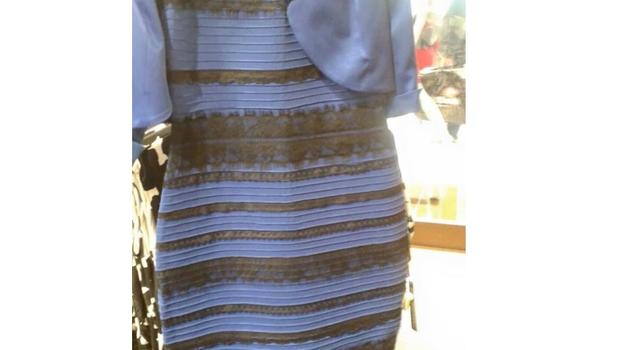Viral photos and information cascades
All of us at some point have seen viral Facebook photos, and have wondered how did these become so popular so that millions of people have shared it worldwide, whereas your latest profile is yet to get a like. Some photos became so popular that they have become de-facto pictorial representations for some emotions or style of speeches. For example, the world famous “Grumpy cat meme” has become synonymous with a kind of grumpy/shocking humor, and the “Doge meme” featuring a Shiba Inu dog has become synonymous with internal monologues and humorous amusement (“Such terminology, much wow”). While some photos are famous for obvious reasons, like the blue-black or white-gold dress photo for showcasing an almost incredulous fact regarding human perception of colors, others are famous for more non-obvious reasons, and some for almost no reason at all.
While it may appear that it is impossible to predict which photos might become famous on the whims of general population, the phenomenon appears to be related to the concept of information cascades that we studied in class. In a study, Stanford researchers and our very own professor Jon Kleinberg, tried to factor out several variables which may cause a photo to go viral and found the phenomenon to be very similar to cascades. Some of the factors that affected a photo’s popularity on Facebook included the rate and speed at which photos were shared, and the structure of sharing (photos reposted in multiple networks proved to create stronger cascades). After factoring several criteria into their analysis the computer scientists were able to accurately predict doubling events almost 80 percent of the time. Their algorithm became more accurate the more times a photo was shared. For photos shared hundreds of times, their accuracy rate approached 88 percent.According to the article, the speed of sharing was the best predictor of cascade growth. Simply analyzing how quickly a cascade unfolded predicted doublings 78 percent of the time, and slow cascades didn’t usually double in size. How a photo was shared (the structure of the cascade) was the next best predictive factor. Photos that spread among different friendship networks or fan groups indicated a breadth of interest. Structure proved 67.1 percent accurate at predicting doubling when used alone. However, the researchers could not find a single simple way to predict the popularity of any photograph!
The article can be found at –
http://news.stanford.edu/news/2014/april/viral-photo-cascade-040314.html

Much Doge

Grumpy cat

Controversial pic
